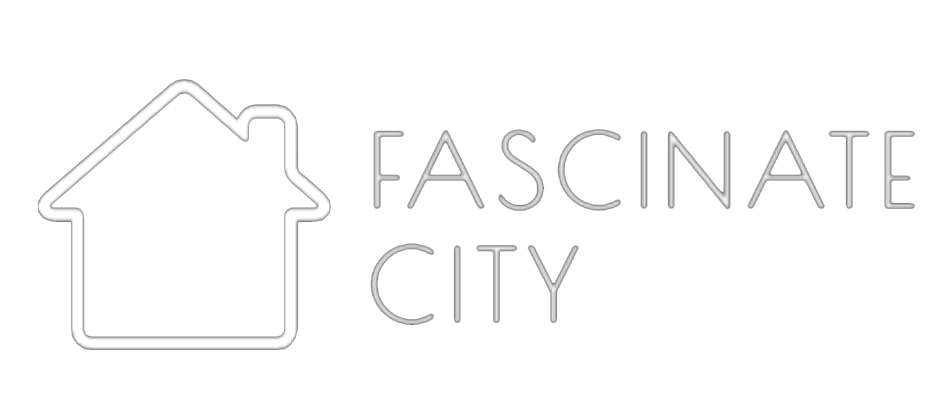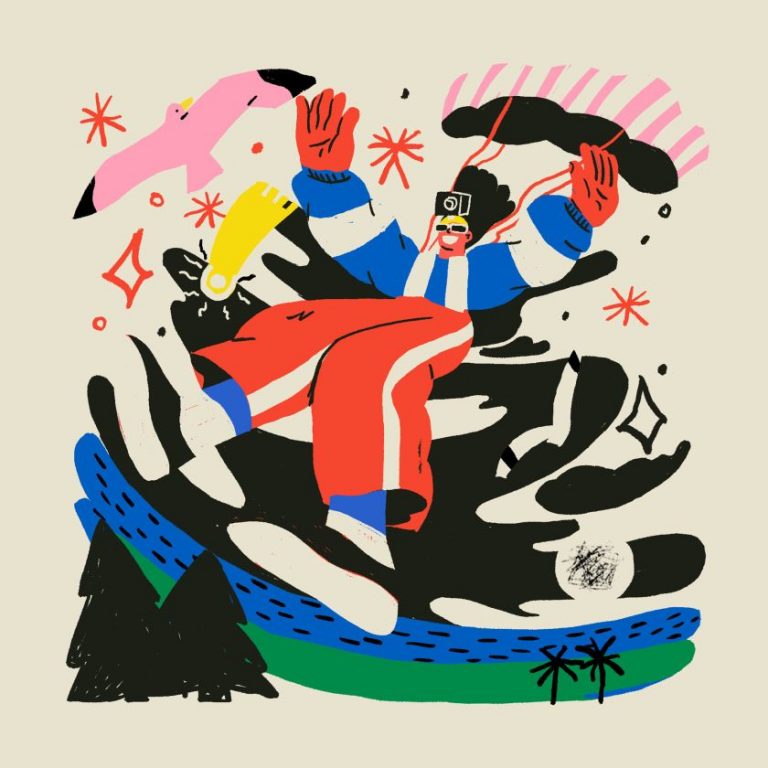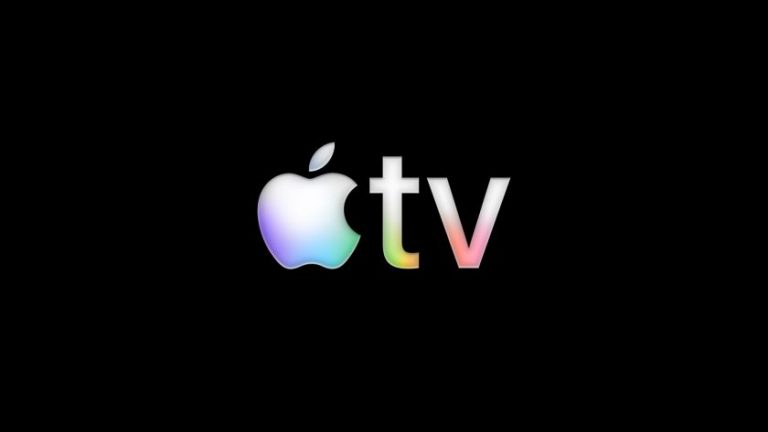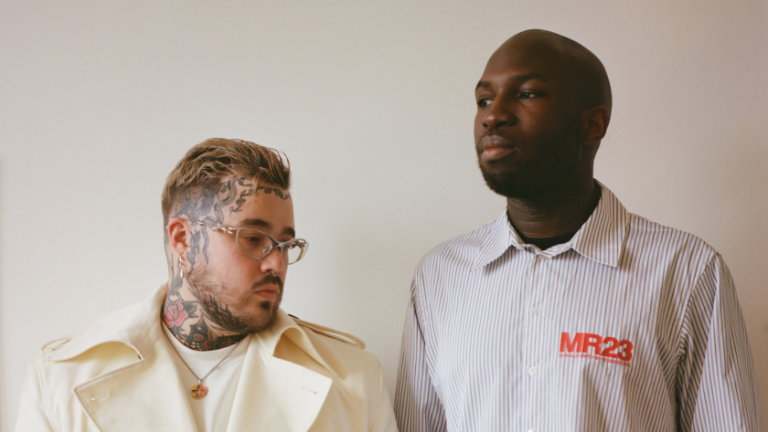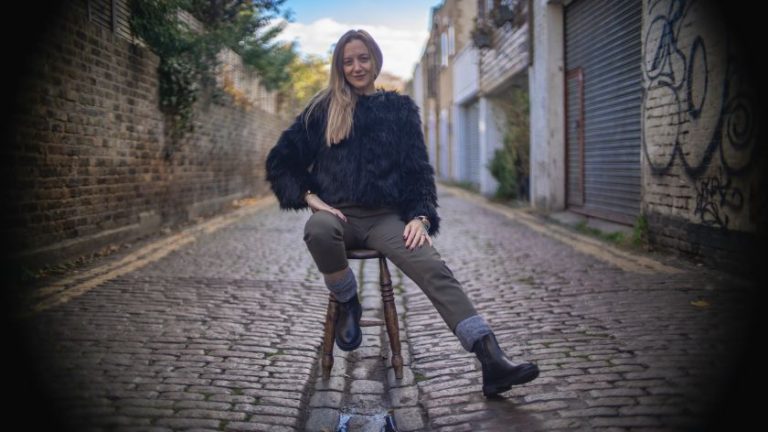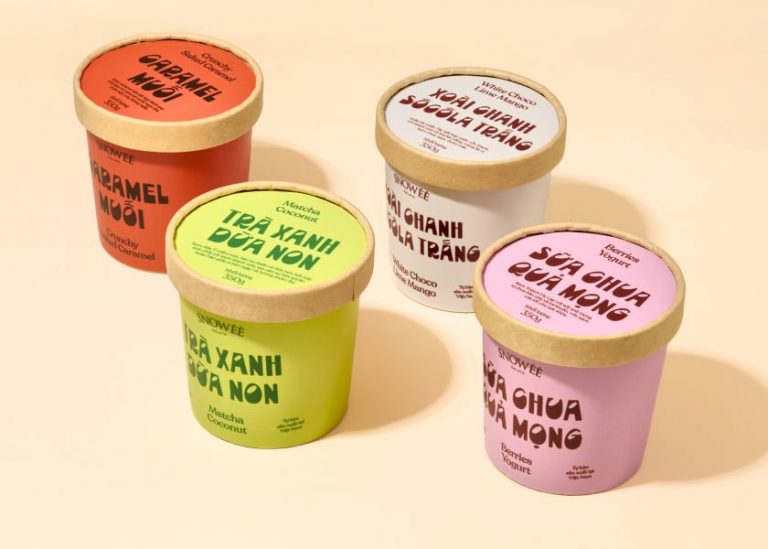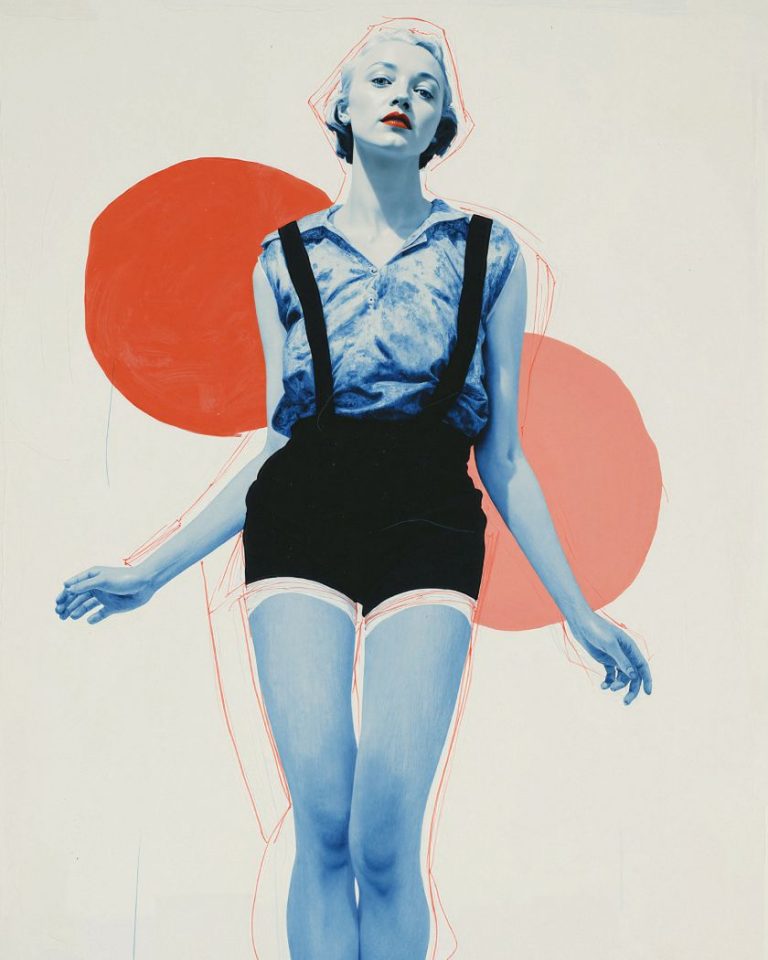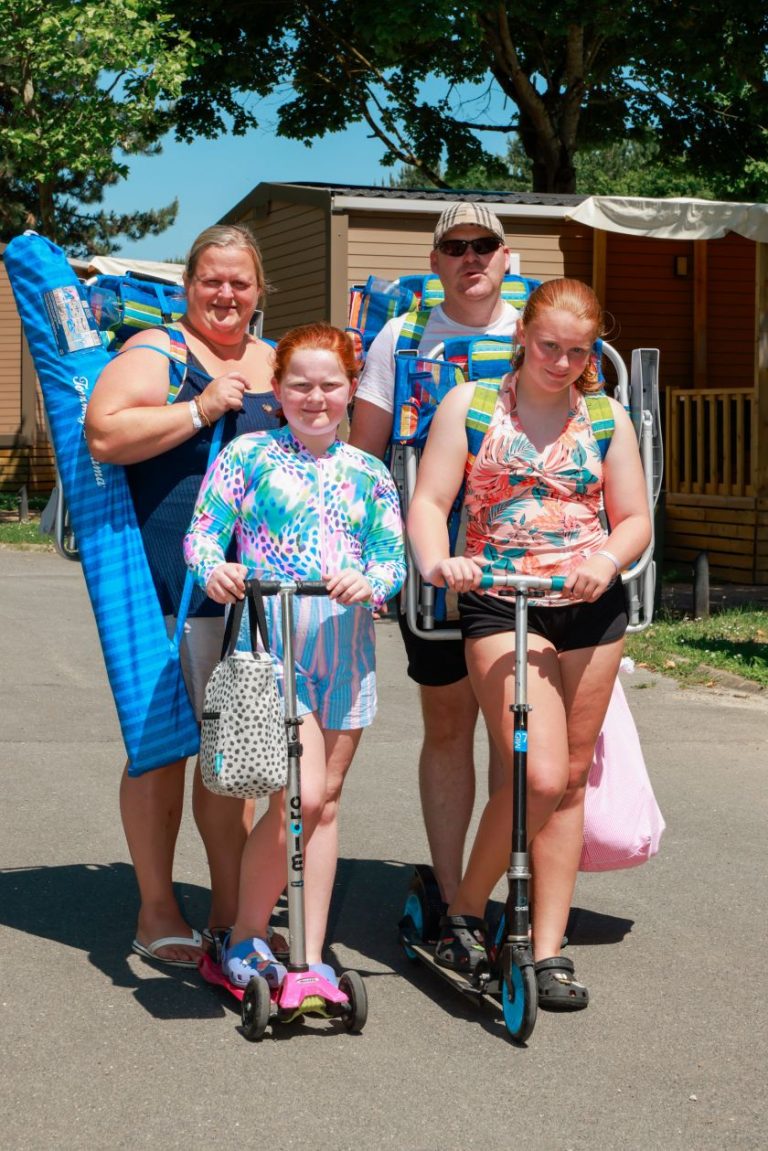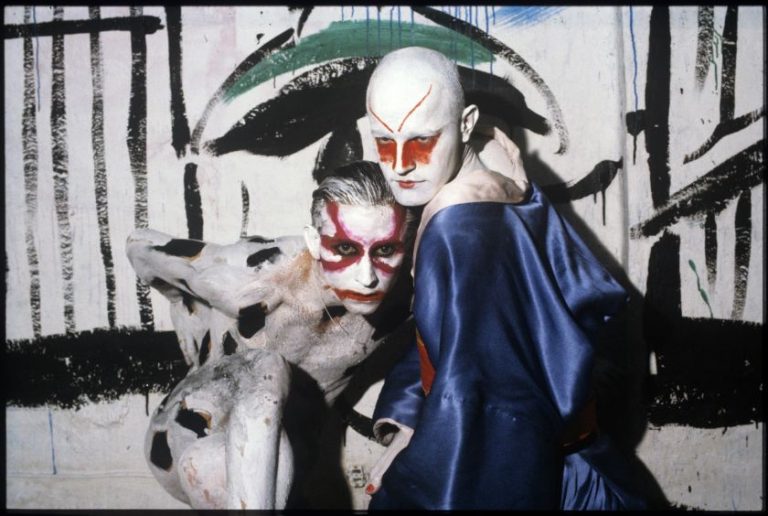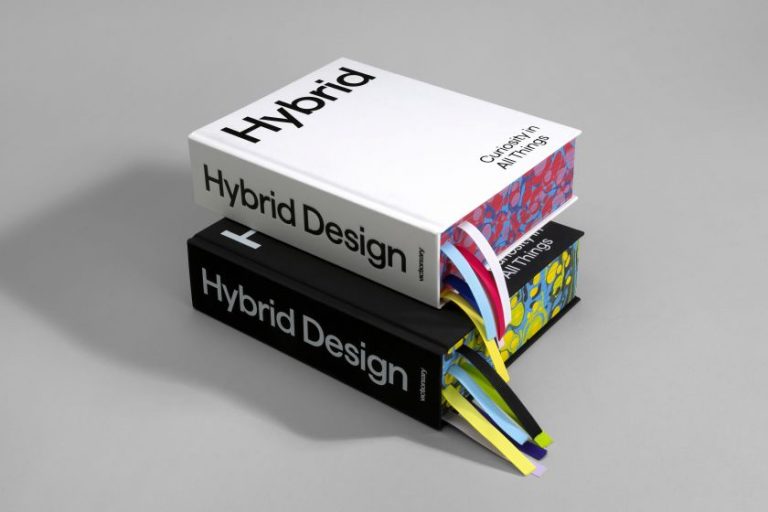As the leaves turn and the world shifts towards winter, fresh typefaces can give you the inspiration you need to power through. Read on to discover our top picks.
Gosh, is that the time already? October has arrived with a confident energy, and the month’s type releases reflect this sense of purpose and ambition. From architectural inspirations drawn from Danish modernism to pixel-based experiments that celebrate productive constraints, our selection demonstrates how foundries are pushing more boundaries than we’ve seen in some time.
One of the major themes for this type this month appears to be the tension between systematic construction and expressive character. Several new releases demonstrate how rigid structural principles—whether geometric grids, historical references or modular systems—can become launching points for distinctive personality rather than limitations.
Whether you’re seeking a grotesque with genuine warmth, a display face that celebrates architectural monumentality, or a versatile family that seamlessly transitions between serif and sans-serif worlds, read on.
1. Crit by Element Type
Designed by Doğukan Karapınar and İbrahim Kaçtıoğlu, Crit reinterprets early grotesque sans-serif models through contemporary sensibilities, creating an eight-weight family with matching italics that honours mid-century phototypesetting traditions whilst addressing modern design requirements.
The typeface draws inspiration from an era when foundries like Helvetica and Akzidenz-Grotesk were often used interchangeably in phototype layouts, embracing this functional flexibility whilst introducing subtle formal innovations. Crit’s character emerges through careful attention to proportion—a tall x-height combined with shorter ascenders and descenders creates tight, readable text that maintains clarity across applications.
As weights increase, counters shift toward squarer forms to prevent excessive weight accumulation, whilst ligatures appear strategically to aid readability. These quiet formal adjustments demonstrate how contemporary grotesque design can introduce character without sacrificing the neutrality that made their historical predecessors so versatile. The result is a steady, balanced typeface that functions as both a reliable workhorse and a distinctive voice.
2. Grundtvig by REY Graphic
Reinaldo Camejo’s latest experimental typeface draws inspiration from Copenhagen’s iconic Grundtvig’s Church. Created during Reinaldo’s Master’s programme at ELISAVA, this experimental font takes distinctive elements from the church’s dramatic west façade—its towering verticality, stepped gables, and arched doorways—and translates them into geometric letterforms.
The typeface’s character clearly emerges from this architectural DNA, with bold, geometric forms that echo the building’s strong lines and monumental presence. But rather than attempting literal translation, Camejo has distilled the church’s essential visual language into a cohesive typographic system that maintains both structural integrity and expressive power.
Since its initial release, Grundtvig has garnered international recognition, winning prestigious awards including ADG Laus, ADC*E Awards, and LAD Awards. Following its official release in collaboration with 6TM Magazine, Camejo has now developed a collection of physical specimens, including the award-winning original, a compact Mini version, an editorial Booklet, and even a keychain iteration.
3. Perfektta by Displaay Type Foundry
Inspired by a photograph of an Italian road sign in Sardinia, Perfektta celebrates the beauty found in imperfection. Martin Vácha’s design began with fascination for a strange-looking zero, presumed to be the result either of Italian workers finding it difficult to cut perfect ovals from foil, or simply creative pragmatism.
This rhombus-shaped zero became the foundation for a sans-serif family with narrow proportions and visible stem contrast. Further inspiration came from Alfabeto Stretto, the Italian road sign typeface, which also has a strange-looking zero. The name, Martin says, refers to “the imperfect construction that contrasts with some perfect shapes”—creating productive tension in the final aesthetic.
4. Season by Displaay Type Foundry
Martin Vácha’s Season addresses one of typography’s most enduring challenges: the choice between sans-serif and serif typefaces. Rather than requiring designers to select between these fundamental categories, Season offers a unified construction that seamlessly transitions between both worlds through variable font technology.
The concept explores transformation as a creative methodology, presenting sans-serif metamorphosis as a design tool rather than a binary choice. Each “season” of the typeface maintains quality and character whilst occupying different positions along the serif spectrum, allowing designers to fine-tune typographic voice according to specific contextual requirements.
This approach reflects the contemporary movement in typography toward flexibility and contextual adaptation. By treating the serif/sans-serif distinction as a continuum rather than a boundary, Season enables more nuanced typographic decision-making, particularly valuable for brand systems requiring both authoritative serif presence and clean sans-serif functionality.
5. Pranzo by Dalton Maag
Designed by Samar Zureik and Hanna Donker, Pranzo positions itself as the ultimate comic book typeface, offering unprecedented flexibility through three extensive variable font axes that cover every conceivable narrative mood and visual emphasis. This isn’t merely a display face with comic book applications, but a comprehensive typographic system built specifically for the unique demands of sequential art.
Pranzo’s three variable axes create a vast design space: weight ranges from whispering Hairline to shouting Black, slant moves from subversive Backslant through to emphatic Italic, and width spans from high-speed ExtraCondensed to laid-back ExtraExtended. This systematic approach enables precise typographic voice modulation, allowing designers to match the intensity of letterforms to the narrative content.
The typeface includes essential comic book elements—symbols, frames, speech balloons, and thought bubbles—available across every weight and style combination. This integration demonstrates how contemporary type design can serve specific media requirements whilst maintaining broader applicability. Pranzo’s character balances informality with confidence, expressiveness with clarity, creating a flexible yet coherent system that supports both traditional comic layouts and contemporary graphic design applications.
6. Jovie by Dalton Maag
Franziska Hubmann’s Jovie demonstrates how soft-serif design can achieve both warmth and elegance through thoughtful variable font implementation. The typeface features an extensive weight axis, ranging from Hairline to Black, positioning it as a versatile solution for projects that require both delicate text settings and bold display applications.
Jovie’s character emerges through its soft-serif approach, which tempers traditional serif authority with contemporary approachability. Playful italics, expressive alternates, swashes, and ligatures provide designers with a rich typographic palette, whilst maintaining coherent family relationships across all variations.
The inclusion of a decorative Glow style in Regular to Black weights, complete with matching italics, extends Jovie’s range into more experimental territory. Overall, Jovie succeeds in bridging text and display requirements, offering warmth and elegance across diverse design contexts whilst supporting over 790 languages for global application.
7. LL Supreme by Lineto
Arve Båtevik’s LL Supreme presents neither revival nor redesign of Paul Renner’s Futura, but rather a contemporary reframing of its fundamental concept: constructing sophisticated typography purely from straight lines and circular curves. This approach prioritises Renner’s underlying principles over historical interpretation.
The project emerged from practical necessity when Cornel Windlin struggled to find suitable digital Futura versions for Vitra’s communications. Rather than accepting compromised digital translations, Lineto developed its own interpretation, ultimately leading to Supreme’s complete reconstruction from geometric first principles.
Each weight was drawn separately rather than interpolated, giving individual cuts distinct identities that respond to their specific formal challenges. This approach works against contemporary tendencies toward systematic interpolation, instead celebrating the unique characteristics that emerge when each weight receives dedicated attention. Historical stylistic alternates pay homage to Renner’s original vision whilst serving contemporary digital requirements.
8. Lintel Next by The Northern Block
Building on the legacy of the Lintel typeface, which was featured in the video game Mafia III, Lintel Next draws architectural inspiration from Finnish designer Alvar Aalto. It’s intended as a commercial workhorse that maintains cultural and technological adaptability whilst communicating stories with clarity and heart.
Following 18 months of development, led by Tasos Varipatis, every character of the original Lintel has been redrawn for improved consistency and readability. The family now includes five additional widths—Compressed through Extended—with 12 intermediate layers ensuring seamless transitions without distortion of the distinctive pill-shaped curves and carefully proportioned letterforms.
Supporting 1,222 characters per style with extensive OpenType features and support for Greek and Vietnamese languages, Lintel Next does an excellent job of balancing geometric precision with human-centred warmth. A good choice for branding, editorial or UI design.
